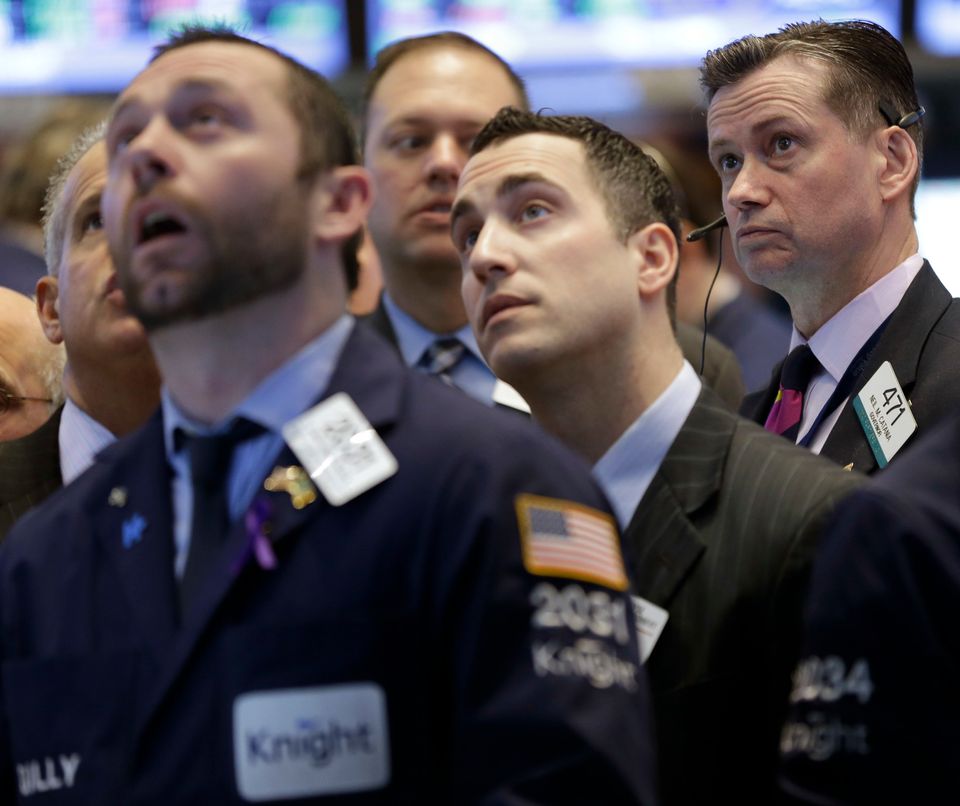
Everywhere you look lately it's sequester this, sequester that, sequester will wreck the economy, Kate Upton Ryan Gosling sequester. But don't worry, the sequester isn't so bad -- says the man who invented the sequester.
That man is Phil Gramm, who took to the editorial page of the Wall Street Journal on Wednesday to tell everybody to stop worrying so much about the sequester, the series of harsh budget cuts due to take effect on Friday.
"Scare tactics such as these are similar to the ones that were made when I co-authored the first sequester legislation in 1985, the Gramm-Rudman-Hollings Balanced Budget and Emergency Deficit Control Act," Gramm writs. "The 1986 sequester was triggered anyway, but the predicted disaster never came. The nation survived then. It will now."
Gramm has a unique perspective on disaster, as he is the Forrest Gump of financial catastrophe, who dismantled the Glass-Steagall Act and made sure complex derivatives went largely unregulated, setting the stage for the financial crisis. Also on his dubious record of achievement was the idea of "sequestration," or the use of harsh, automatic spending cuts to force policy makers to pass budget laws.
Gramm dreamed this idea up back in 1985. After a few spins, the sequester was put back into the Closet Of Stupid Ideas for a generation. Then came the 2011 debt-ceiling fight, when President Barack Obama and Congress loaded up the sequester gun and held it to their own heads in order to force themselves to strike a budget bargain. Of course, that didn't happen, so now we face the possibility of $85 billion in harsh budget cuts, starting Friday.
President Obama has warned repeatedly that the sequester will be bad for the economy, but he's not the only one. Economists have also said the same thing, with a small minority even warning it could cause a recession.
Gramm has had just about enough of all of this hand-wringing about his baby, he wrote in the WSJ. Back in my day, he essentially typed, men were men and we had sequesters all of the damned time, and we loved it!
In 1986, for example, there was a sequester amounting to a 4.3 percent cut in non-defense spending and a 4.9 percent cut in defense spending. Did the world end? Did the streets run red with blood? Did zombie Benjamin Franklin and George Washington rise from their graves to roam the land in search of delicious brains? No, none of that stuff happened, Gramm recalls (I'm paraphrasing). Everything was just fine, despite the sequester.
Then in 1987, Congress and President Ronald Reagan realized that they had enjoyed the previous year's sequester so darn much that they voted for a budget that made spending cuts for 1988 and 1989 that were even more draconian than the ones the sequester would have made, Gramm recalls fondly. Again, no blood, no zombies.
And anyway, Gramm says, even with a sequester, government spending will still be $15 billion more than it was in 2012 and 30 percent more than it was in 2007.
Ipso facto, shut up about the sequester, Gramm explains.
But we should consider the context of those previous efforts at sequester. For one thing, the 1986 sequester came in the middle of Reagan's epic overhaul of the federal budget, pouring money into defense and slashing it from non-defense domestic spending. The sequester made a tough budget situation even tougher for domestic programs.
More broadly, the economy was in a much better place back then. In 1986, the U.S. economy was chugging along nicely, having clocked growth rates of 7.2 percent and 4.1 percent in 1984 and 1985, respectively. In contrast, the U.S. economy has grown a paltry 1.8 percent and 2.2 percent in the past two years, thanks in no small part to already drastic cuts in government spending -- the most drastic since the end of Vietnam, the New York Times pointed out on Wednesday. The sequester, along with the payroll-tax hike and other dumb "fiscal cliff" austerity measures taking effect this year could carve 1.5 percent from the economy, according to some estimates, enough to bring growth nearly to zero.
Even with the drastic budget cuts in 1986, federal spending grew that year by $32.5 billion, in inflation-adjusted dollars. And despite the drastic cuts in 1988 and 1989, federal spending grew those years by $46.9 billion and $60.4 billion, respectively.
Gramm's beloved late 1980s were hardly the age of austerity, in other words.
The extra $15 billion in spending this year that Gramm bemoans is paltry in comparison. The fact that spending is up 30 percent from 2007 is basically the result of having the worst recession since the Great Depression happen during that time -- again, thanks in no small part to the efforts of one Phil Gramm.
